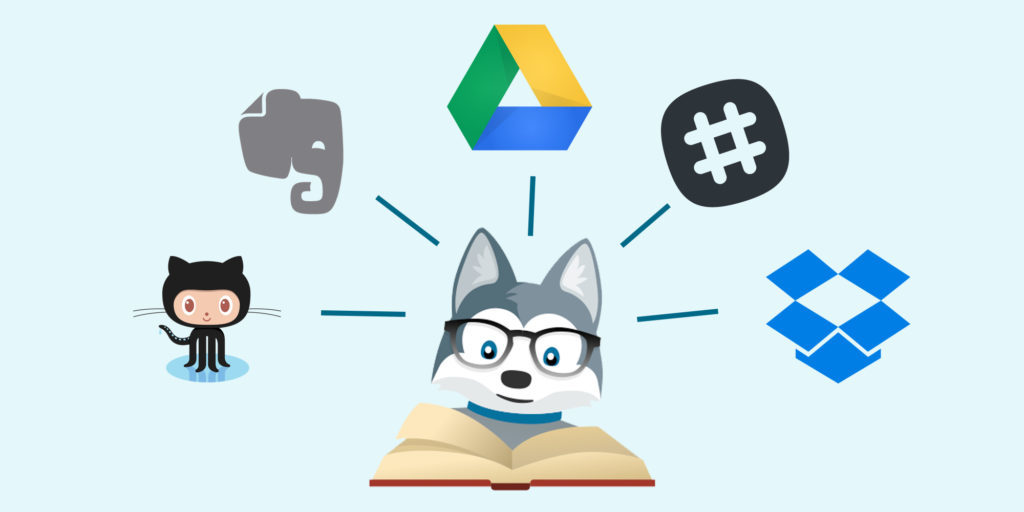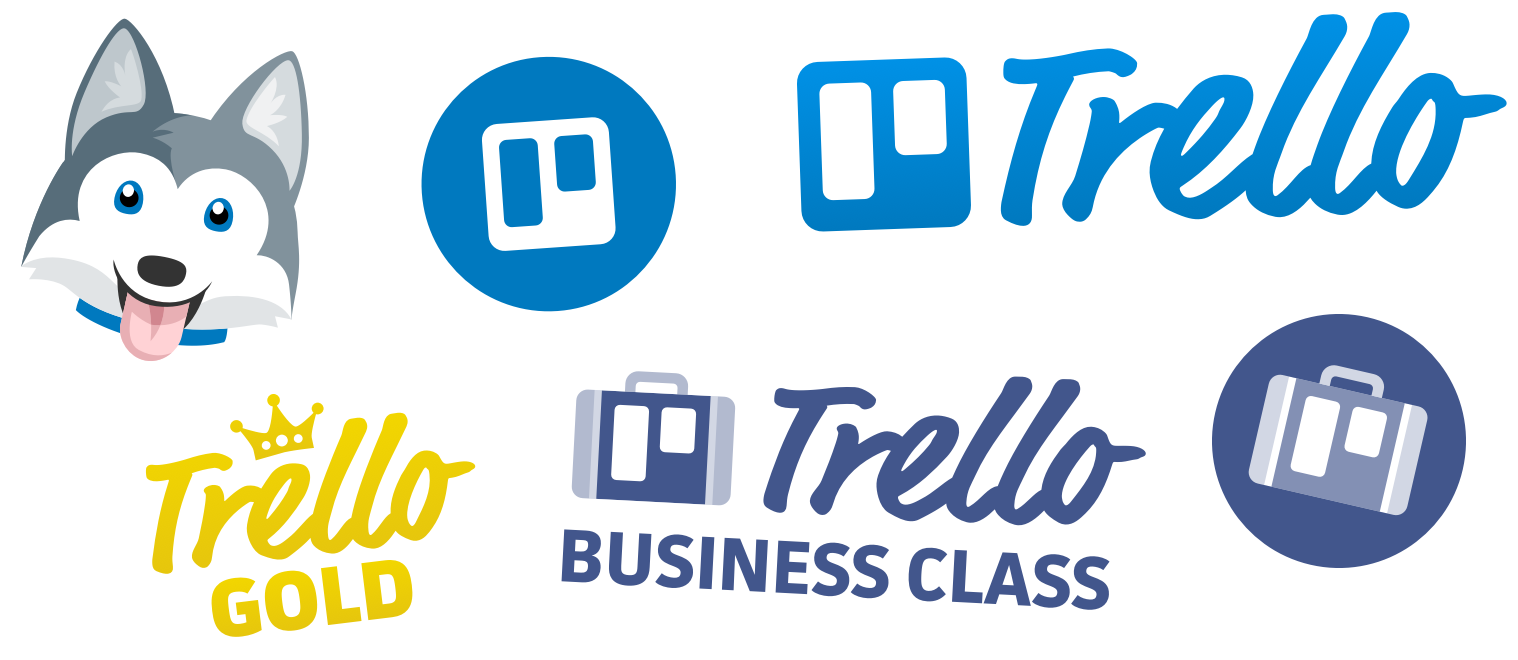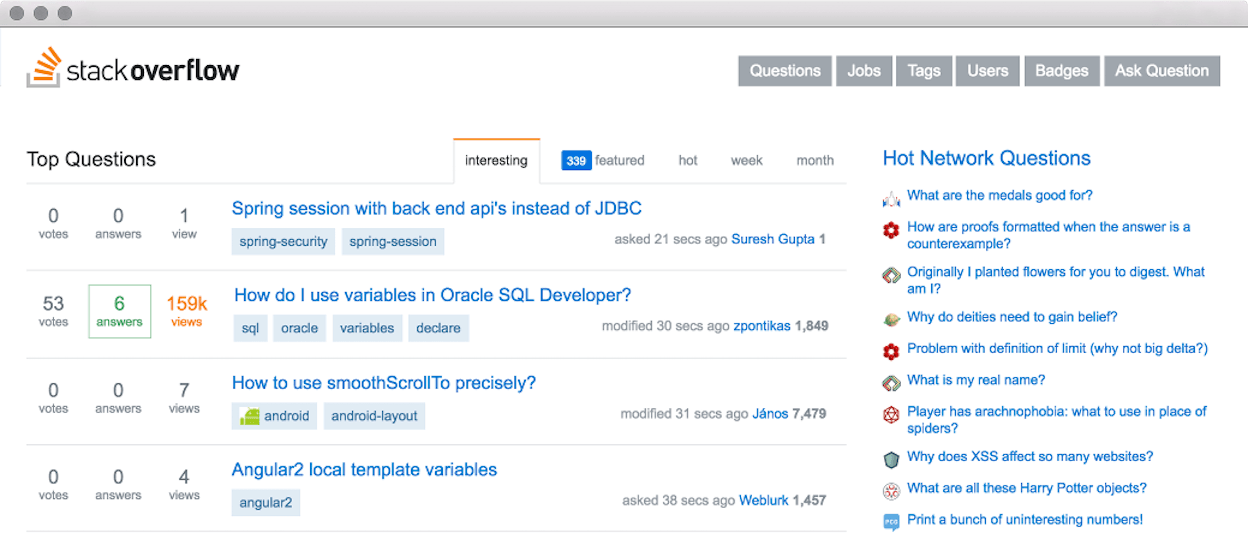Michael Pryor, Trello: How to build a product for the mass market. Continuation

Do you also get comfortable in the chair when the creator of a major product talks about his mistakes? Then read the continuation of an amusing interview with the executive director of Trello . Michael Pryor honestly told about the difficulties of positioning, about the intricacies of monetization, about unexpected discoveries and what he would have changed in the past. And the translators of the Alconost localization company were sweating over the translation of this conversation.
User base growth
Des: 16 million users - it's still a huge number. But you said that you see Trello with 100 million users. Do you have a plan for how to achieve this? Are you going to continue in the same spirit, or is there a clear marketing strategy that will allow you to reach this milestone faster?
Michael: I think both. Until recently, our marketing was almost entirely organic. But about a year ago we began to focus more consciously on marketing and hired a whole team of specialists, and about a month ago we had a CMO. We have finally reached the point when the product is really well received by the market. He is very well laid down on user needs, people understand the principles of its work. We believe that this is a great success. Now the main question - how to make sure that as many people as possible know about Trello?
')
You can just wait until the word of mouth is completed, or you can speed up the process.
Des: Your typical user is any person. A typical use case is any. How do you approach marketing? Somehow crush it all into separate user groups or just promote the brand as a whole?
Michael: We recently conducted a survey on what people use Trello for. I myself often get asked: “Why do people use your product?” I answer that I don’t know, because we don’t look at user statistics.

The results of the survey were really interesting. We made a pie chart reflecting how different departments in the companies use Trello. I expected that the product and engineering departments would be the backbone of the users and would occupy most of the diagram. But it turned out that across the company, different departments used Trello about equally. Marketing, sales, engineering, grocery, HR, operations, IT. Each of them had approximately the same size of the “cake”, which completely overwhelmed me. This is great news, but it also means that when you try to imagine a portrait of a typical buyer and understand how to sell them, you suddenly realize that you already have eight buyers .
Des: Do you know what's interesting? About marker boards, I would say the same thing.
Michael: Yes, it's as if you were responsible for marketing Excel. It's all a bit more complicated, because the audience is so wide.
There are certain potentially interesting situations from which we can benefit. For example, if HR employees start using Trello to adapt new employees, it will mean that in every company every employee will definitely receive a free lesson on how to use our product.
Des: All companies now use Excel for this, almost in spite of all their advertising. I am sure that someday they will have to resort to some much more specialized and accurate methods of generating demand.
Michael: In our case, we are trying to create a new market segment. Think of Trello as a hub, the central hub you are visiting to find out what happens to the different processes and sets of tools you use. The sales team has its own tool, Salesforce. Marketers have their own tools. Managers want to use something that is simple to implement and use throughout the company. Trello can be this central element uniting different products.

Des: You mentioned that when you conducted a study of usage scenarios, you found an almost even distribution among the main roles in companies. Did you somehow share the results of companies and ordinary consumers?
Michael: Yes, they did. It turned out about 50 to 50, with a slight margin in the direction of business. But there were intersections. We asked users “Are you using our product for work, for personal needs, or both?” There are not that many people using Trello just outside of work. Many more people use the product at work, and even more people at work and at home.
Creating a scalable price model
Des: Plans to attract 100 million users inevitably lead me to the following question: how do you earn? Only on business users?
Michael: When we first launched TechCrunch Disrupt, Joel came on the scene and said, “We should have 100 million users on our business plan. The product will be free, but we will find 1% of users with whom it will bring huge benefits, and they will pay us $ 100 a year. Multiply the numbers and get a business of 100 million a year . ” Now I think that he then slightly underestimated our potential.
1% - not enough, $ 100 a year is not enough. And 100 million is not enough either. However, the order of the numbers gives a good idea of the size of the market for a similar product.
Des: Like us, you set one price for your service - about $ 200 dollars a year. At Intercom, we essentially paid $ 200 a year for what was vital for many teams.
Michael: It was our biggest mistake. You, too, fell for the same bait, right?
Des: Yes. Jason Fried gave us advice. He said in essence the following: “Rule number 1: start already to take money for your fucking product”.
We started at $ 50 per month. You could be an Adidas company or two guys living in a barn and having just founded your first company. We still charged you 50 bucks.
At the very least, we have achieved by this that many clients from the “figs I’ll cry that” series were eliminated. This brought some clarity. And how did this happen?
Michael: At that time, we were completely focused on the product, tried to bring it to perfection, many successful solutions were taken by FogBugz. Trello was still part of Fog Creek. We invested in ourselves - one could say we were at the planting stage.
At that time, we didn’t care much about monetization. We knew that someday we would have to do this, but we then realized that people were afraid to use Trello, because they had thoughts like “Okay, but you can't pay for it.” And if they do not pay for the product, it will simply disappear after a while.
Well, we thought: “ We do not force people to pay, and this is a problem? Okay. We need to somehow define our plans, and we will introduce monetization later. ”
We argued a lot about prices for a long time. This is a collaboration product. Is it possible to demand payment for the user? It would slow growth (at that time). We argued for a very long time, we walked in circles. And then Joel said: “It doesn't matter. Let's just choose some option, and let this option be a fixed price - people will pay. ” He was right.
At that time it was a good decision. But for too long we have not changed anything in this regard, and this has become a problem.
In the end, we settled on paying for the user, because it was understandable to people. We were not going to come up with some kind of new payment scheme based on the number of boards or cards. Prices must match the benefits that users get from the product. Large companies pay more, small companies pay less.
This is the main idea around which we have developed several plans. If you are a regular user, you can subscribe to Trello Gold - this is especially for super fans. For business users, we offer the Business Class. For large organizations, we have a corporate version of Trello with the appropriate functions.

I see the future of our product in the fact that you will execute certain scenarios using a regular whiteboard and including certain additional functions, extensions. Thus, you can turn Trello into a lightweight CRM or, for example, into a small application tracking system. There will be features that will do exactly what you need, and maybe you will pay for them. We can develop in completely different directions. We grow and learn at the same time.
Des: Have you thought about some kind of revenue sharing program for extension developers?
Michael: Not yet decided. Someone is already making Trello-based products and selling them. We get nothing from this. People just go to another site and register. I already see a market for such things.
Des: If you could go back in time and set a pricing model right from the start, would you do that?
Michael: Well, I'm not sure that I would introduce a fixed price. I think no. We raised prices a couple of times and learned a lesson. We also followed in the footsteps of Slack and use a model (we call it smart billing, they prefer to use the term “honest billing”), in which we immediately stop charging money for users who no longer use the product.
We introduced it a year ago, and immediately there were nuances. The subscription revenue figures are really dancing. People are then removed 4 cents, then give them back. In general, sheer confusion. And in the end it turns out that people do not really think about it.
Des: I always thought it was a very smart move to have such a flexible billing. This is a marketing solution to some tax problems.
Michael: We also thought so - we will tell them, then they will just add everyone to their organization and will not think about it. In fact, I do not see anything like that, looking at the numbers. We spend more than we get from this benefit.
Des: I think I can well imagine all these difficulties related to the logic of your billing, in which you bill people for a certain part of the month, depending on whether they log into your account, clicked on the links, and so on .
Michael: Yes, all this is really difficult - both for users and for ourselves. If I could return to the past, I would probably change that too.
The future of Fog Creek
Des: I am wondering what is Fog Creek DNA? FogBugz brings the lion’s share of the profits, but you still have Kiln and the recently launched HyperDev. You have already successfully removed two projects from the company. Think this model works? Do you ever allow FogBugz to leave Fog Creek walls, or will this product always be with you?

Like Trello, Stack Overflow came out of Fog Creek Software.
Michael: The model works. It can work for companies in which investors are interested. If you make a lot of money, they are not so interested. They just need growth, growth, and more growth.
Joel and I are a little busy right now, so withdrawing new products from the company is not a priority now.
Des: How do you manage to divide your time between companies? Left at Fog Creek as a manager, or do you combine two working days in one, like Jack Dorsey?
Michael: There are a couple of managers there, with whom we meet once every 2 weeks and negotiate tasks. I spend most of my time on Trello, and Joel on Stack Overflow. But everything changes depending on the season. The circuit is not perfect, but it works.
Des: If Fog Creek continues to produce new products, how confident are you that you will develop them yourself instead of seeking funding, or will you take another director's chair?
Michael: Well, we've been doing this for 16 years now, right? Making products. Some do not take off, and some become successful. Now we have a couple of products that are selling very well.
We work on so many things that managing them takes an enormous amount of time. But these are pleasant troubles, and I am glad that everything is just this way. But we will not stop at what has been achieved and we will continue to make new products, because it is for this that we founded the company. We founded Fog Creek to give developers the ability to work efficiently and do cool things. We have always done this and will continue to do so.
About the translator
The article is translated in Alconost.
Alconost is engaged in the localization of applications, games and websites in 60 languages. Language translators, linguistic testing, cloud platform with API, continuous localization, 24/7 project managers, any formats of string resources.
We also make advertising and training videos - for websites selling, image, advertising, training, teasers, expliners, trailers for Google Play and the App Store.
Read more: https://alconost.com
Source: https://habr.com/ru/post/310800/
All Articles